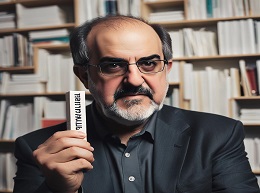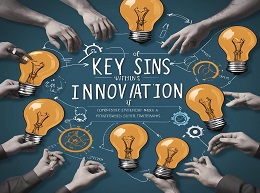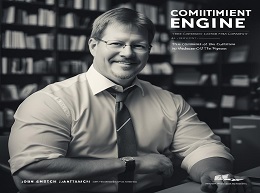Antifragile

"Antifragile" by Nassim Nicholas Taleb is a thought-provoking exploration of how systems, organizations, and individuals can not only withstand volatility and uncertainty but also benefit from them. Taleb introduces the concept of antifragility, which goes beyond resilience to describe entities that become stronger and more robust in the face of adversity. In this detailed review, we'll delve into the key concepts of "Antifragile," share captivating examples, and provide insights on how to apply antifragility principles in various aspects of life.
Understanding Antifragility:
Taleb defines antifragility as the property of systems that gain from disorder, stress, and volatility.
Example:
The human immune system is an example of antifragility—it becomes stronger and more resilient when exposed to pathogens, as the body learns to adapt and develop immunity.
Embracing Volatility:
The book encourages readers to embrace volatility and uncertainty rather than fear them, recognizing them as opportunities for growth and adaptation.
Example:
Entrepreneurs who thrive in volatile markets understand that uncertainty creates opportunities for innovation, adaptation, and competitive advantage.
Reducing Fragility:
Taleb discusses strategies for reducing fragility and increasing antifragility in various domains, such as finance, health, and decision-making.
Example:
Diversifying investments across different asset classes and geographic regions can reduce fragility in a portfolio and increase resilience to market downturns.
Barbell Strategy:
The author introduces the barbell strategy, which involves combining extremely conservative and highly speculative investments to achieve antifragility.
Example:
An investor might allocate the majority of their portfolio to low-risk assets like government bonds while allocating a smaller portion to high-risk, high-reward investments like startups or cryptocurrencies.
Skin in the Game:
Taleb emphasizes the importance of "skin in the game," where individuals have a personal stake or exposure to the consequences of their decisions.
Example:
Doctors who have a financial stake in the success of their medical practice are more likely to prioritize patient outcomes and provide high-quality care.
Resilience in Systems and Organizations:
The book explores how organizations and systems can cultivate antifragility by decentralizing decision-making, fostering experimentation, and embracing failure.
Example:
Decentralized organizations like Valve Corporation empower employees to pursue passion projects and experiment with new ideas, leading to innovation and resilience.
In conclusion, "Antifragile" offers profound insights and practical strategies for thriving in an uncertain and volatile world. By embracing antifragility principles, individuals, organizations, and societies can not only survive but thrive in the face of adversity, uncertainty, and chaos.













